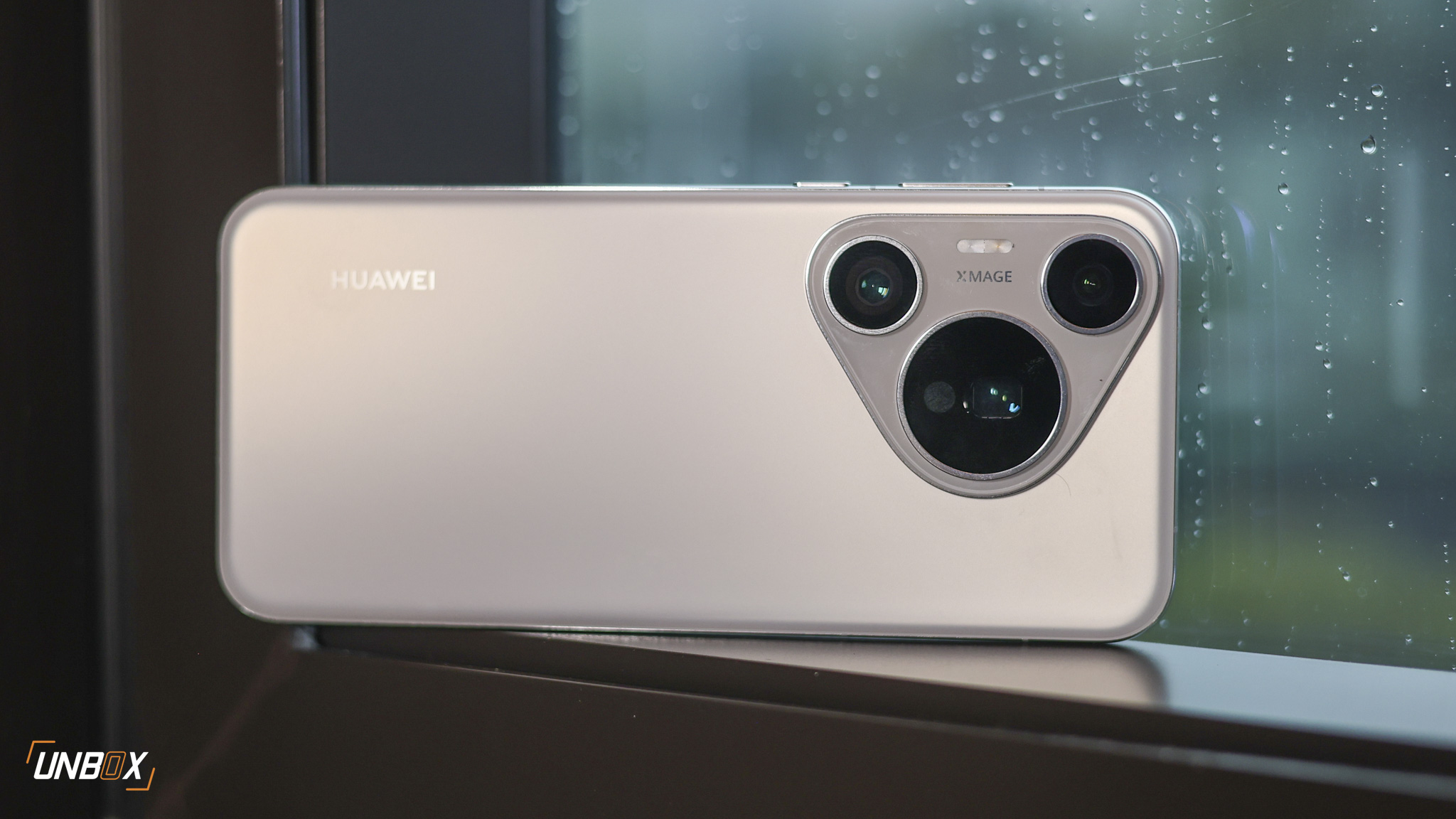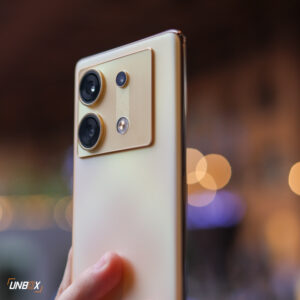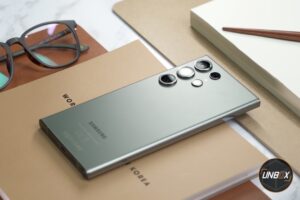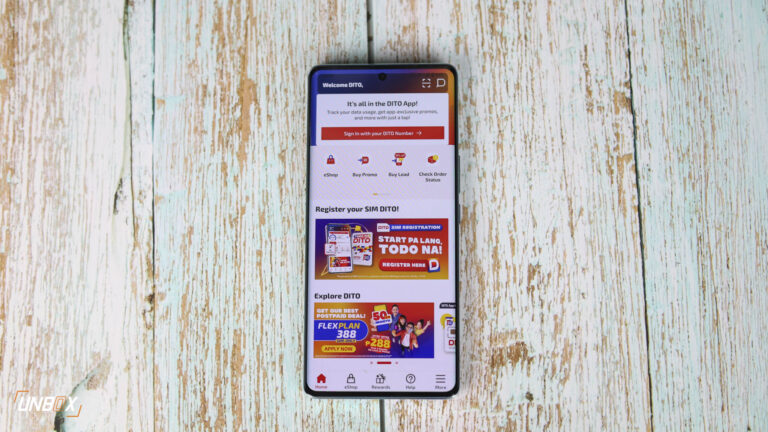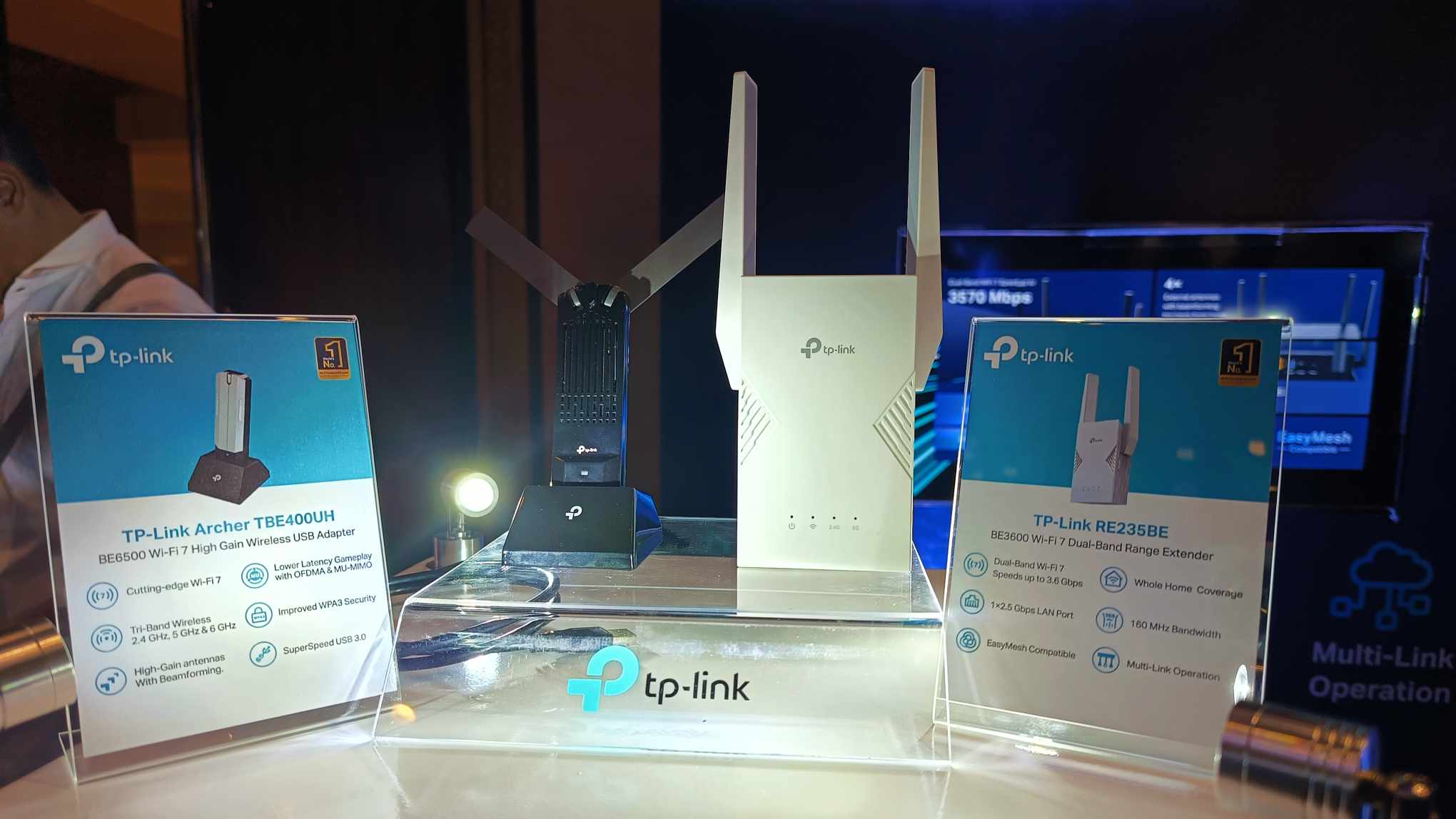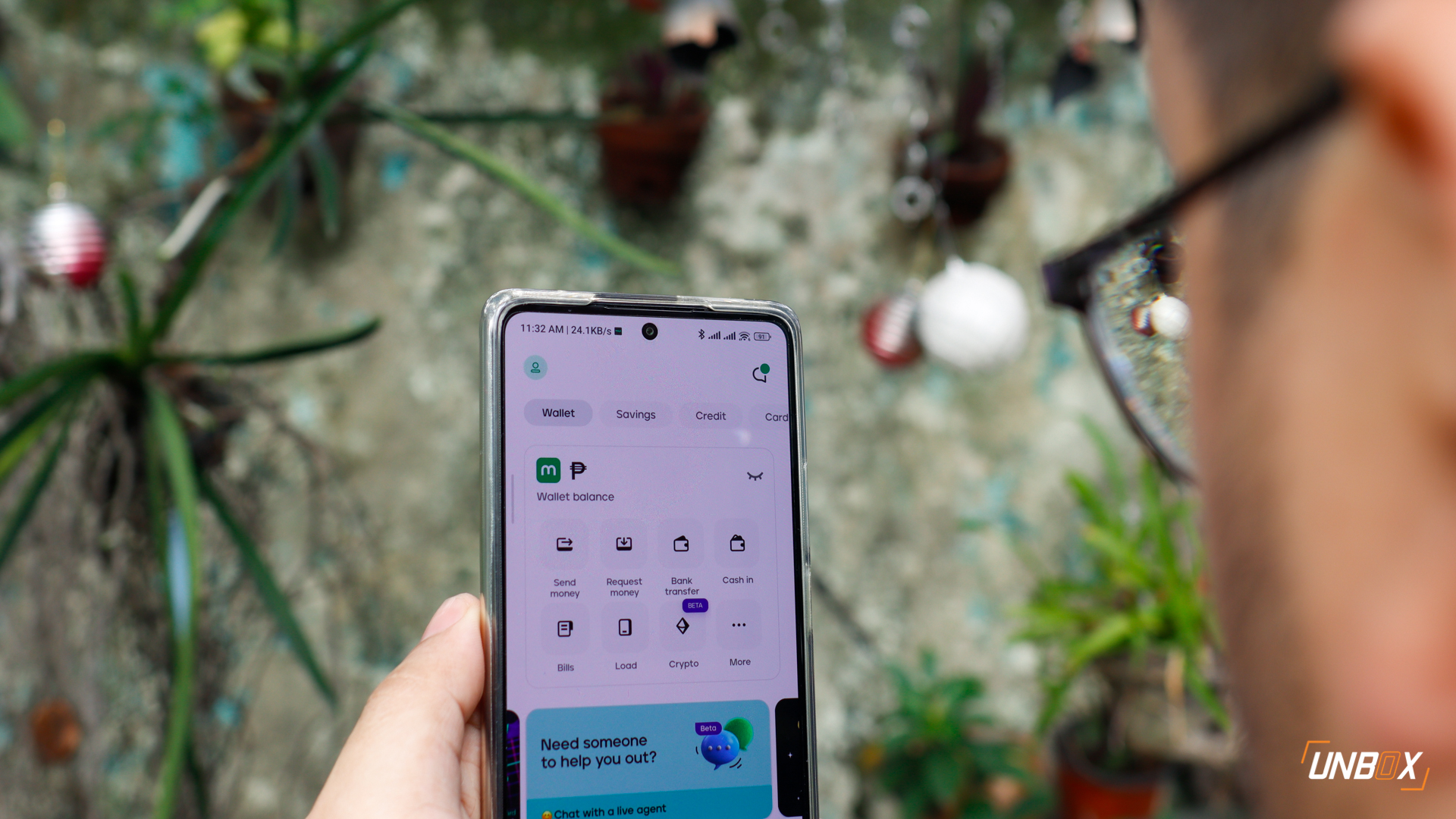Have you ever taken a break from work, scrolling through Facebook/Instagram stories only to see some of your peers playing games on a work afternoon? Well, get used to it: these play-to-earn games can fund some people’s lifestyles. Unless you live under a rock, you’d probably know the immense popularity of Axie Infinity by now. Welcome to the non-fungible token (NFT) boom – where the Philippines ranks first according to a 2021 survey.

But what exactly is an NFT? By definition, the word “fungible” applies to mutually interchangeable items. Contrary to that, NFTs are digital assets that have no replica anywhere else in the e-universe. For example, a peso is exactly the same as another peso. A liter of oil is the same as another liter of identical oil. An Ethereum token is exactly the same as another. However, while a Pikachu and an Arceus are both under the Pokemon family, they’re not the same. You can’t go to a museum and swap your paintings with one of theirs either (in most cases). Can’t wrap your head around the concept? Read our beginner’s guide here.

Archillect founder Murat Pak’s FOMO Token*
While you can copy-paste or save images of other people’s NFTs, only the one who possesses the piece has the authentic certificate of ownership. This proof opens the doors to income-generating methods, such as simply buying and selling like any other item, periodic royalties from transactions, the ability to play games or exclusive benefits to other works from the same artist. A portion of NFTs are also for philanthropic purposes, supporting various causes.

From the Beverly Hills Car Club Collection*
An NFT’s rise in value stems from general market trends, the credibility of the artist, the utility of the token, and let’s not forget the quality of the art itself. Some people shell out enormous stacks of cash just because they think something looks cool enough to represent them on the digital space. Since NFTs are usually released in batches, some have rarer characteristics than others, raking in more value.

From the Meerkat Millionaires Country Club collection*
The Philippines ranked at the very top of a recent survey conducted to unravel NFT ownership both currently and possible adoption in the future. Out of 1,507 survey respondents in the Philippines, 32% claimed to own at least 1 NFT, with Filipino men slightly ahead of women in this statistic. Add that to a 9.5% cut of people who don’t have one as of the moment but plan to buy one, projected adoption rate is set at a total of 41.5%.
Other countries in the top 5 include Thailand, Malaysia, UAE, and Vietnam, hovering in the 20% current ownership mark. The bottom 3 of the surveyed 20 countries are the US, UK, and Japan with less than 3% of survey respondents possessing an NFT as of the moment. With all this calculated, the survey points to a 20-country average of 11.6% ownership and 20.9% forecast adoption rate within the coming years. For the full table of countries, visit the survey here.
However, the future is uncertain and these numbers could fluctuate depending on various factors. One of the largest is awareness, as the 2021 survey points out that the Philippines is the only country where more than half the respondents knew what an NFT even was. Despite the positive correlation between knowledge of NFTs and ownership, depth of understanding matters as well – since some people’s knowledge are limited to just Axie Infinity and online memes mocking the business model. Other things to keep in mind include the future of cryptocurrency on which NFTs are transacted (as of the moment, Ethereum and Solana are the most common), governmental regulations, and general market sentiment. If we’re truly entering into the Metaverse within the next few years, then the sky’s the limit.
*NFTs in this article are owned by myself and friends (with consent)








